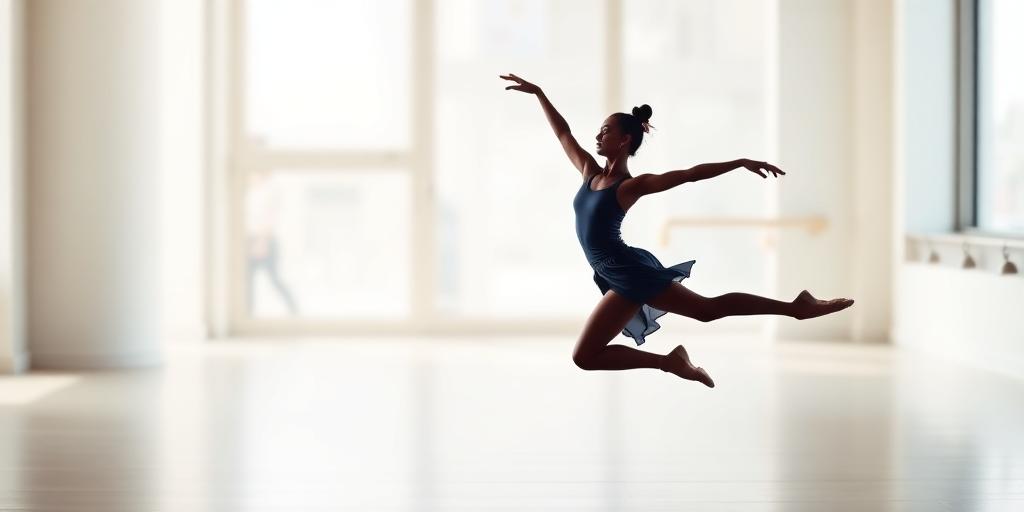Injury Prevention for Dancers: Grace and Resilience
Dance is an art form that demands both grace and immense physical strength. However, the rigorous training and repetitive movements can make dancers susceptible to a range of injuries. This blog post provides essential strategies for injury prevention, helping dancers cultivate resilience and sustain their passion for dance.
Understanding Common Dance Injuries
Before diving into prevention, it’s crucial to understand the types of injuries dancers often face:
- Ankle Sprains: Common due to the complex movements and landings involved in dance.
- Stress Fractures: Often occur in the feet and lower legs from repetitive impact.
- Hip Impingement (Femoroacetabular Impingement): Results from repetitive hip movements and extreme ranges of motion.
- Knee Pain: Including patellofemoral pain syndrome, meniscus tears, and ligament injuries.
- Back Pain: Strains and disc issues due to the postural demands and flexibility requirements of dance.
Key Strategies for Injury Prevention
1. Proper Warm-Up and Cool-Down
A thorough warm-up prepares the muscles for the demands of dance, increasing blood flow and flexibility. A cool-down helps gradually lower the heart rate and reduce muscle soreness.
- Warm-Up: Include dynamic stretches like leg swings, torso twists, and arm circles. Aim for at least 15-20 minutes.
- Cool-Down: Incorporate static stretches, holding each stretch for 20-30 seconds. Focus on major muscle groups used during dance.
2. Strength and Conditioning
Building strength and endurance is vital for supporting the body during dance. Focus on exercises that target key muscle groups.
- Core Strengthening: Planks, Pilates, and other core exercises enhance stability and posture.
- Lower Body Strength: Squats, lunges, and calf raises improve leg strength and balance.
- Upper Body Strength: Push-ups and rows build upper body strength, crucial for partnering and lifts.
3. Flexibility and Stretching
Maintaining flexibility is essential for achieving the range of motion required in dance while reducing the risk of strains and tears.
- Regular Stretching: Incorporate a variety of stretches targeting hamstrings, hip flexors, quads, and calves.
- Yoga and Pilates: These practices enhance flexibility, strength, and body awareness.
4. Proper Technique and Alignment
Incorrect technique can place undue stress on joints and muscles. Work with qualified instructors to ensure proper alignment and movement patterns.
- Professional Guidance: Seek feedback from experienced dance teachers and choreographers.
- Alignment Awareness: Pay attention to posture and alignment during practice and performance.
5. Nutrition and Hydration
Adequate nutrition and hydration are crucial for muscle recovery and overall health.
- Balanced Diet: Consume a diet rich in protein, carbohydrates, and healthy fats.
- Hydration: Drink plenty of water throughout the day, especially before, during, and after dance activities.
6. Rest and Recovery
Allowing the body sufficient time to rest and recover is essential for preventing overuse injuries.
- Adequate Sleep: Aim for 7-9 hours of sleep per night.
- Rest Days: Schedule regular rest days to allow muscles to repair and rebuild.
- Active Recovery: Light activities like walking or swimming can promote blood flow and reduce muscle stiffness.
7. Listen to Your Body
One of the most important aspects of injury prevention is paying attention to your body’s signals. Don’t push through pain or discomfort.
- Recognize Pain: Differentiate between normal muscle soreness and pain indicating an injury.
- Seek Professional Help: Consult with a physical therapist or sports medicine doctor if you experience persistent pain or discomfort.
Conclusion
Injury prevention is an ongoing process that requires dedication and awareness. By incorporating these strategies into your training regimen, dancers can enhance their resilience, prolong their careers, and continue to experience the joy of dance. Remember, grace and strength go hand in hand with mindful self-care.









